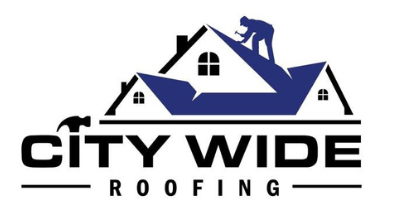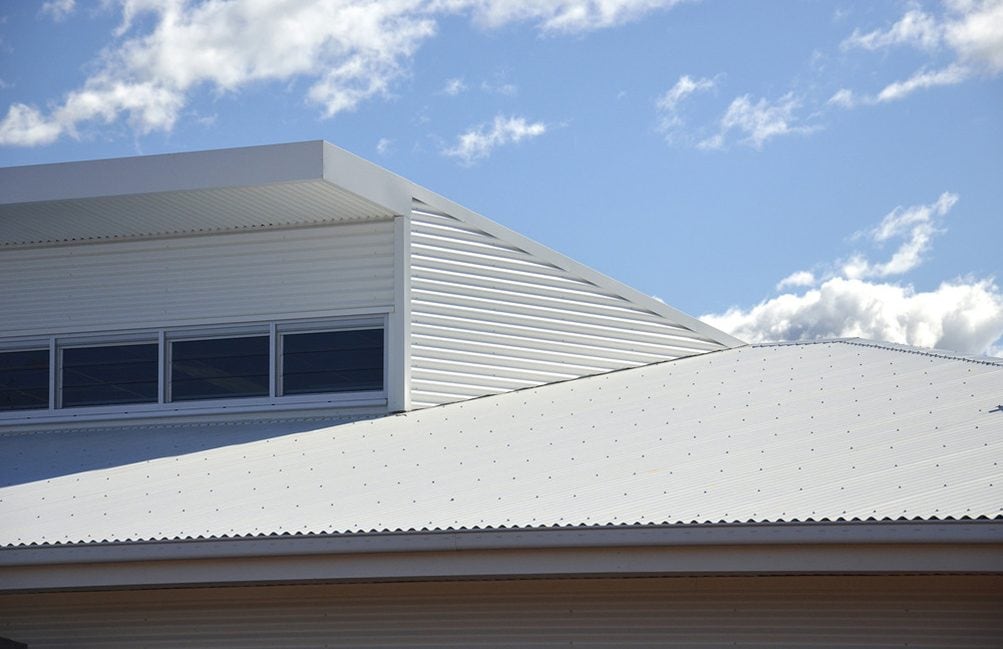In this comprehensive guide, we delve into the innovative world of cool roof technology, a burgeoning energy-efficient solution that promises significant savings for homeowners and businesses.
As a community committed to sustainable and cost-effective living, we will explore the technical mechanisms behind cool roofs, the benefits they bring to our energy bills, and the broader implications for our environment.
As we navigate through this knowledge-rich journey, we aim to empower you with the information needed to make informed decisions, fostering a sense of belonging to a global community that values sustainability and economic efficiency.
Welcome to ‘Cool Roofs, Lower Bills: Harnessing Energy Efficiency for Savings’.
Understanding Cool Roof Technology
The concept of cool roof technology revolves around the use of highly reflective materials to absorb less heat and consequently reduce cooling costs. This innovative technology integrates materials with high solar reflectance and thermal emittance properties, allowing roofs to reflect more sunlight and efficiently radiate absorbed heat. The result is a cooler building underneath, leading to substantial energy savings especially during sweltering summer months.
This not only contributes to a reduction in electricity bills, but also aids in mitigating the urban heat island effect. Furthermore, it reduces greenhouse gas emissions by decreasing the need for air conditioning.
Thus, cool roof technology offers an economically and environmentally beneficial solution, fostering a sense of community belonging through shared sustainability efforts.
Implementing Energy Efficient Roofs for Savings
Implementing energy-efficient roofs can result in substantial savings, with some estimates indicating that homeowners and businesses could potentially reduce their energy expenditure by up to 20%. This reduction is achieved through a combination of materials, design, and technology, all of which work to reflect solar energy away from the building, thereby reducing the amount of heat absorbed.
Key elements in energy-efficient roofing include:
– Use of reflective materials: These bounce back solar rays, reducing heat absorption.
– Insulation: Proper insulation minimizes heat loss and gain, contributing to overall energy efficiency.
– Ventilation: Proper roof ventilation reduces moisture, which can enhance insulation effectiveness.
Conclusion
In conclusion, cool roof technology presents a promising approach to energy efficiency and cost savings. The potential benefits are evident in the case of a Los Angeles school that recorded a 20% reduction in energy costs after adopting this innovation.
This transformation can be likened to shedding a heavy winter coat on a hot day, yielding immediate comfort and long-term savings.
Thus, the widespread adoption of cool roofs could be a significant step towards sustainable architectural practices.


